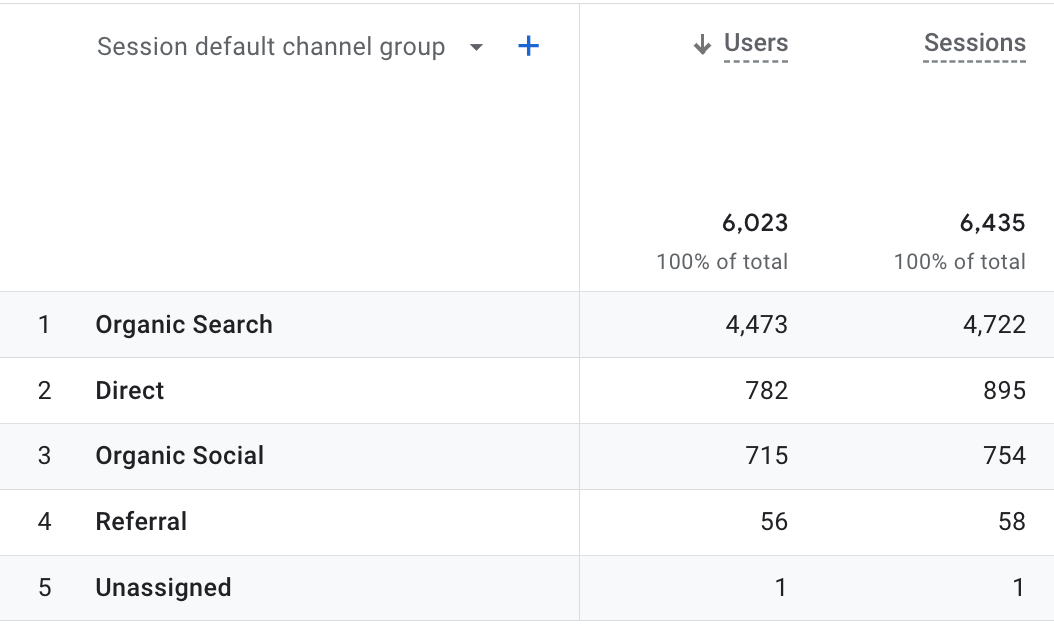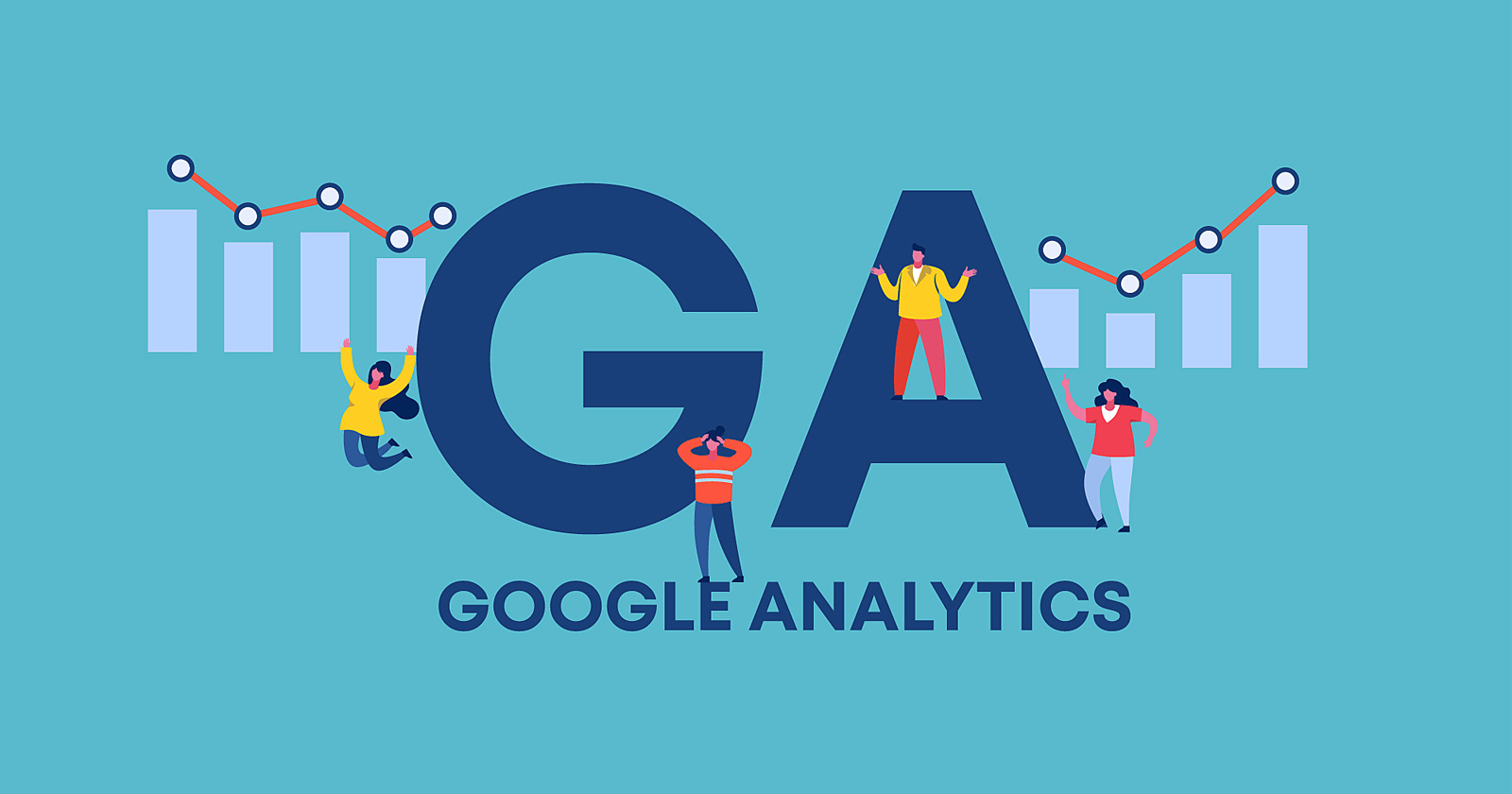Necessary Knowledge: 'Secondary Dimensions' in Google Analytics Explained
Necessary Knowledge: 'Secondary Dimensions' in Google Analytics Explained
Blog Article
Decoding the Significance of Second Dimension in Google Analytics: Everything About Its Relevance and Effect
In the realm of digital analytics, the use of secondary dimensions within Google Analytics works as a critical tool for critical deeper layers of data insights. The significance of additional dimensions exists in their ability to give a nuanced view of user behavior and interaction with an internet site or system. By studying information past surface-level metrics, businesses can open a wide range of info that refines and shapes critical decisions marketing initiatives. This exploration right into the realm of additional measurements not just provides an extensive understanding of customer involvement yet likewise clarifies the intricate characteristics that drive on the internet efficiency.
Understanding Additional Measurements in Google Analytics
The understanding of second measurements in Google Analytics is necessary for acquiring much deeper understandings into individual behavior and site performance. While key dimensions supply basic information factors such as website traffic resources and page views, secondary measurements allow for a more nuanced analysis by giving added context to these main metrics. By incorporating second measurements, customers can sector and filter their information to uncover patterns and patterns that may not be immediately noticeable.

Revealing the Advantages of Secondary Measurements
Structure upon the fundamental understanding of secondary measurements in Google Analytics, discovering the benefits they supply reveals invaluable insights for enhancing information evaluation and decision-making. By incorporating secondary dimensions, customers can dive much deeper into their data, gaining a much more comprehensive view of user behavior, content efficiency, and various other key metrics.
Additionally, additional dimensions supply context to main information, offering extra layers of details that can aid in comprehending customer communications and preferences. This enhanced understanding can direct strategic decision-making, leading to more targeted advertising and marketing campaigns, site optimizations, and general enhanced performance. In significance, secondary dimensions work as a powerful device for unlocking much deeper understandings and making best use of the energy of Google Analytics for services and web site owners.
Leveraging Additional Measurements for Enhanced Insights
By harnessing the power of secondary dimensions in Google Analytics, companies can uncover much deeper understandings that drive informed critical and decision-making optimization initiatives. Leveraging additional dimensions allows businesses to dig beyond surface-level information and acquire a more extensive understanding of individual behavior, target market demographics, website traffic resources, and site efficiency. As an example, by incorporating key measurements like traffic sources with second dimensions such as geographical area or gadget group, businesses can determine which areas or tools are driving one of the most useful web traffic to their internet site.
Furthermore, secondary measurements enable services to segment have a peek here and evaluate data a lot more properly, aiding them recognize patterns, patterns, and possibilities that may have or else gone unnoticed. By using secondary measurements, businesses can tailor their marketing strategies, material, and user experience to much better satisfy the needs and choices of their target audience. In significance, leveraging additional measurements in Google Analytics encourages services to make data-driven decisions that result in improved performance, enhanced ROI, and lasting development.

Impact of Second Measurements on Information Analysis
Enhancing data analysis through the utilization of additional dimensions in Google Analytics gives companies with a much deeper understanding of their on the internet performance metrics. By incorporating second measurements, such as time of day, geographic location, or tool category, services can discover important understandings helpful resources that may have been neglected with key measurements alone. This enhanced degree of granularity permits for more precise segmentation of information, allowing organizations to identify patterns, fads, and connections that can drive critical decision-making.

Making The Most Of Prospective: Second Capacities Techniques
One key approach is to integrate second dimensions with primary measurements to obtain a comprehensive sight of individual interactions. Pairing the key measurement of 'source/medium' with secondary dimensions like 'landing page' or 'device classification' can disclose which networks are driving web traffic to details web pages or how customer behavior varies across gadgets.
In addition, using additional measurements to section information based upon user demographics, actions, or innovation can help services tailor their marketing initiatives to certain audience segments. This targeted strategy can result in boosted conversion prices, enhanced have a peek at this website customer experiences, and ultimately, boosted ROI. By taking full advantage of the potential of second measurements in Google Analytics, organizations can make informed decisions, enhance their on-line visibility, and drive lasting development.
Conclusion
Finally, second measurements in Google Analytics play a critical function in supplying much deeper understandings and boosting information analysis. By making use of second measurements efficiently, businesses can obtain a more comprehensive understanding of individual behavior and site performance. Integrating second dimensions into information analysis strategies can cause even more educated decision-making and enhanced overall performance. It is necessary for businesses to leverage the power of additional dimensions to optimize their prospective and accomplish higher success in their on-line endeavors (what is a “secondary dimension” in google analytics?).
While key measurements provide fundamental data factors such as web traffic resources and web page sights, additional dimensions enable for a much more nuanced analysis by giving added context to these main metrics. By integrating primary dimensions like traffic resources with secondary dimensions such as geographic place or device category, organizations can identify which areas or devices are driving the most beneficial website traffic to their website.
By incorporating second measurements, such as time of day, geographic location, or device category, services can reveal important insights that might have been ignored with main dimensions alone. One key strategy is to incorporate second measurements with main measurements to acquire a comprehensive view of individual interactions. Matching the main dimension of 'source/medium' with second dimensions like 'touchdown page' or 'gadget group' can expose which channels are driving traffic to details web pages or how user behavior varies throughout gadgets.
Report this page